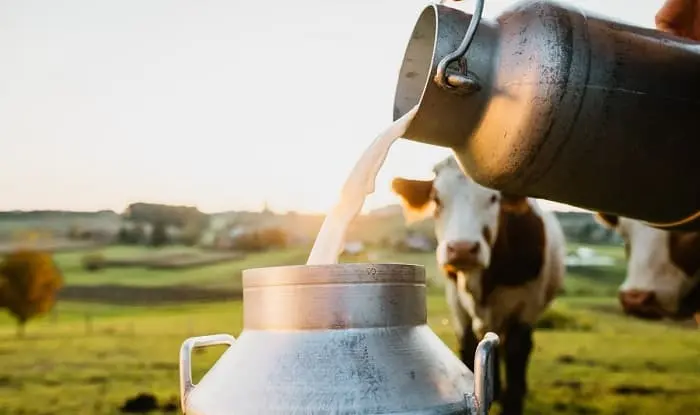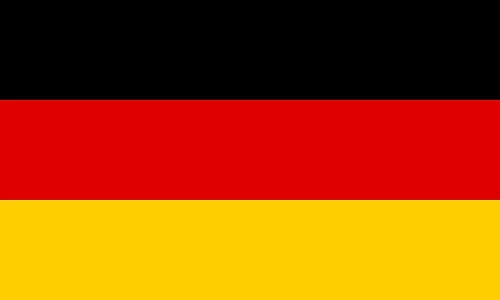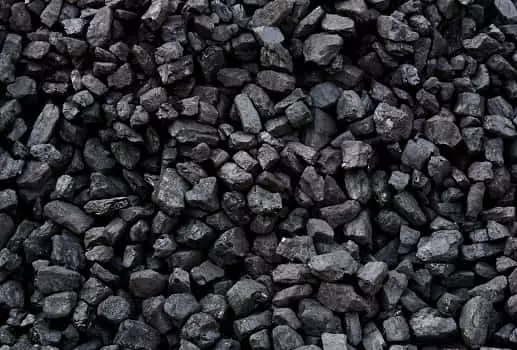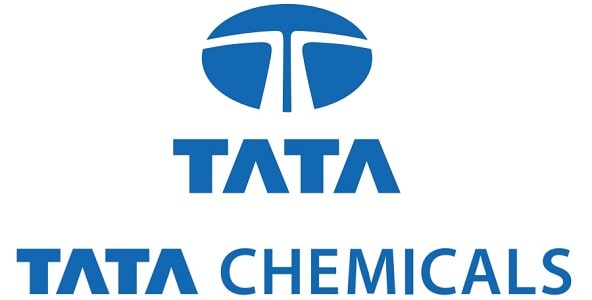Protein and lactose are two of the essential nutrients that may be found in milk, which is the main source of these nutrients. Farming dairy cattle is often viewed as a holistic environment that involves dependent and reciprocal relationships, the reproduction of social values, and the preservation of cultural traditions.
Dairy cows that have a high capacity for milk production are hence a common component of dairy farms. Camels, goats, and sheep are the many other animals that are utilized in commercial dairy production. There are more than 264 million milk cows across the globe, and each year they produce close to six hundred million tonnes of milk.
The average amount of milk that a cow produces across the world is about 2,200 litres per year. The USA, Brazil, India Pakistan, China and other countries follow are the major producers of milk.
Largest Producers Of Milk In The World

Here are the top 10 Largest Producer Of Milk In The World
1. United States

It is estimated that the United States produces around 92 billion kg of milk on a yearly basis, which places it in the lead among other countries. Due to the fact that this country is the largest user of milk and milk products overall, there is a market demand for dairy goods in this country. Large-scale dairy farming can be found in the states of New York, Idaho, Pennsylvania, Minnesota, Wisconsin, California, Texas and Idaho.
These are also the states with the highest milk production, so you will find both big dairy farmers with herds of more than 14,000 cows and small-scale farmers with herds of only 30 cows. Milk in the US has a tremendous demand domestically for both milk and its byproducts, but the country also exports some milk to Saudi Arabia, Canada, Mexico, China, and Taiwan. This demand is driven primarily by the domestic market.
2. India

India is the world’s second largest milk producer, accounting for roughly 10% of the total milk production worldwide. Milk output in the country has reached 61 billion kg, which is equivalent to more than 9 percent of the total milk production in the globe. Andhra Pradesh, Punjab, Haryana, Rajasthan are some of the states that have significant portions of their land devoted to day-to-day agricultural.
Farmers often keep a variety of cow varieties, including Kherigarh, Kenkatha, Ponwar, and Gngatiri among others.
There are currently more than 142 thousand dairy cooperatives operating in India. The remainder of the milk is produced here is shipped to Pakistan, the United Arab Emirates, Afghanistan, Bangladesh, and Nepal. Some of the milk is consumed locally here in this region.
Also See: Top 5 Highest Milk Producing States In India
3. China

It should not come as a surprise that China is one of the leading countries in the production of milk because it is also one of the leading countries in the production of rice, wheat, maize, fish, and other foods.
The 14 million cows that are kept in China contribute to China’s current milk production capability of 36 billion kilos. This figure is expected to rise because the administration has been establishing a dairy farm with more than 100,000 cows in an effort to improve the quality of the product that the country produces in order to satisfy local demand.
4. Brazil

In addition to its prominence in sports, particularly the game of football, Brazil has long been recognized as a world leader in the production of milk. Milk production in the country is capped at 35 billion kg per year, according to official estimates.
The government has provided incentives to farmers, such as supplying them with contemporary technology equipment to increase their yields while reducing their production costs, in order to encourage them to continue farming.
Another aspect that contributes to the excellent yield is the well-known pure breed Gir cows, which are from a breed that is known for having a high capacity for milk production. The dairy business in Brazil is an important one because it provides jobs for more over one million people in the country.
5. Germany

Germany currently retains the position of number five on our list of the top 10 countries with the largest milk production and is the top milk producer among all European nations. It has been estimated that the nation produces 31.2 billion kg of milk on a yearly basis. Camel, sheep, goats, and buffaloes are some of the other animals that, in addition to cows, are responsible for the production of milk in this country.
The fact that native people eat milk and byproducts, which makes domestic demand strong, is one factor that contributes to this top standard of yield. Another factor is that German farmers sell the milk at a decent price, which is another one. Despite this high yield, the country is still facing a number of issues, some of which include climate change, a lack of skilled workers, and the rising cost of land.
6. Russia

Russia is one of the countries with the largest milk production in the world, with a total of 30.4 billion kg produced annually, despite the fact that the country has not yet adopted the new technology that can produce more milk.
Despite a general decrease in the amount of cattle being kept in Russia on a daily basis, the country’s milk output has, over the course of a number of years, remained relatively stable.
The majority of the milk that is produced in this nation is eaten within its borders, and the need for milk is so great that it is no wonder that this country has already been spending in China to produce more milk so that it can satisfy its domestic demand.
7. France

France has consistently ranked among the world’s wealthiest and most powerful nations, and the city of Paris is often regarded as the world’s fashion centre.
Aside from its prominence in the fashion industry, the country is also one of the leading producers of milk in the world, producing an average 23.7 billion kg of milk every year and ranking second among the output of countries in Europe.
There are more than 70,000 dairy farmers in this country, and they milk and over 3.7 million cows. The vast majority of the milk that is produced in this nation is typically processed into byproducts and consumed locally, while the remaining supply is shipped to nations like Italy, Germany amongst others.
8. New Zealand

On our list of the ten countries with the biggest milk production, New Zealand comes in at number eight. The country’s yearly milk output is projected to be 18.9 billion kg, placing it in this place. It is estimated that there are more than Five million dairy cows in the country at the present time, and this number has been continuously growing year after year.
The majority of the country’s daily farmers are concentrated in the northern island section of his country because this is the part of the country where the daily animals are most likely to thrive.
In addition to the country’s pleasant environment, the country’s high milk production is helped along by the fact that the country puts a lot of effort into investing in new technologies and that farmers are compensated handsomely for the amount of milk they produce.
9. Turkey

Despite having the fewest amount of daily farmers in comparison to all of the other countries, Turkey nonetheless managed to earn the number nine spot on our list. Producing an annual of 16.7 billion kg of milk and goods derived from milk for sale on the European market. The high output of milk in Turkey can be linked to both the growth in the cow’s number in the nation as well as the improvement in the lactation yields of the cows.
10. United Kingdom

The United Kingdom is well recognized for its long history of dairy farming; in fact, cows in this country are fed a diet designed to maximize milk output.
Currently, the United Kingdom produces over 14 billion kg of milk and other types of dairy products that are sold on foreign markets.
Conclusion
The above-mentioned countries are the biggest producer of milk across the globe and all of them make use of high-tech programs to stay on their rankings.
World Milk Production: Forecasts and Future Trends
Current Scenario:
• Growth, albeit slow, is the current trend. 2023 projections indicate a 0.9% increase over 2022, reaching 944 million tonnes (FAO).
• Asia leads the charge: Rising milk yields and cattle numbers in India and Pakistan, along with high Chinese output, drive Asian expansion.
• Regional variations: North America and Central America & Caribbean see limited growth, while South America, Africa, Europe, and Oceania face projected declines.
• Trade remains stagnant: Global trade is expected to stay level at 85 million tonnes (milk equivalent) in 2023, with counterbalancing forces at play.
Future Outlook:
• Moderate growth to continue: Forecasts predict a 1.6% annual growth till 2029, reaching 997 million tonnes (OECD-FAO).
• Yield improvements key: Technological advancements and genetic optimization will play a crucial role in boosting production.
• Shifting dynamics: India and Pakistan are expected to dominate, contributing over half of the world’s growth and exceeding 30% production share by 2029.
• Sustainability concerns: Environmental impact and animal welfare issues will require increased focus and adoption of responsible practices.
The world’s milk production is inching upwards, with Asia at the forefront. While future growth is anticipated, sustainability concerns and regional shifts need attention. India and Pakistan’s rise will reshape the global dairy landscape, emphasizing the need for innovation and responsible practices in the years to come.
Milk Production FAQs
Q. What types of milk are commonly produced globally?
Ans: The most common types of milk produced globally include cow’s milk, buffalo milk, goat milk, and sheep milk. Cow’s milk is the most widely produced and consumed.
Q. How is milk production measured?
Ans: Milk production is typically measured in metric units such as liters or kilograms. In some regions, especially in the United States, it may be measured in pounds or gallons.
Q. What factors influence milk production?
Ans: Several factors influence milk production, including the breed of the dairy animals, their health and nutrition, management practices, environmental conditions, and the use of modern technologies in dairy farming.
Q. What is the role of dairy farming in a country’s economy?
Ans: Dairy farming plays a significant role in many economies by providing income to farmers, employment opportunities, and contributing to the overall food industry. It also supplies essential nutrients to the population.
Q. How has technology impacted milk production?
Ans: Technology has had a profound impact on milk production. Advancements in breeding, nutrition, and veterinary care have improved the efficiency of dairy farming. Automation in milking processes, cooling systems, and data management also contribute to increased productivity.
Q. What are some challenges in the global milk industry?
Ans: Challenges in the milk industry include fluctuating milk prices, animal health issues, environmental concerns related to dairy farming, and competition among producers. Additionally, consumer preferences and global trade dynamics can also impact the industry.
Q. Is organic milk production significant globally?
Ans: Organic milk production has been growing in response to consumer demand for organic products. While it represents a smaller share of the overall market compared to conventional milk, it has gained popularity in various regions.
Q. How is milk quality and safety ensured globally?
Ans: Milk quality and safety are typically ensured through regulations, testing, and quality control measures at various stages of production. Pasteurization is a common process to eliminate harmful bacteria, and strict hygiene practices are enforced on dairy farms.
Q. What is the future outlook for global milk production?
Ans: The future outlook for global milk production is influenced by factors such as population growth, dietary preferences, technological advancements, and sustainability concerns. Efforts to increase efficiency, reduce environmental impact, and meet changing consumer demands will likely shape the industry’s trajectory.














